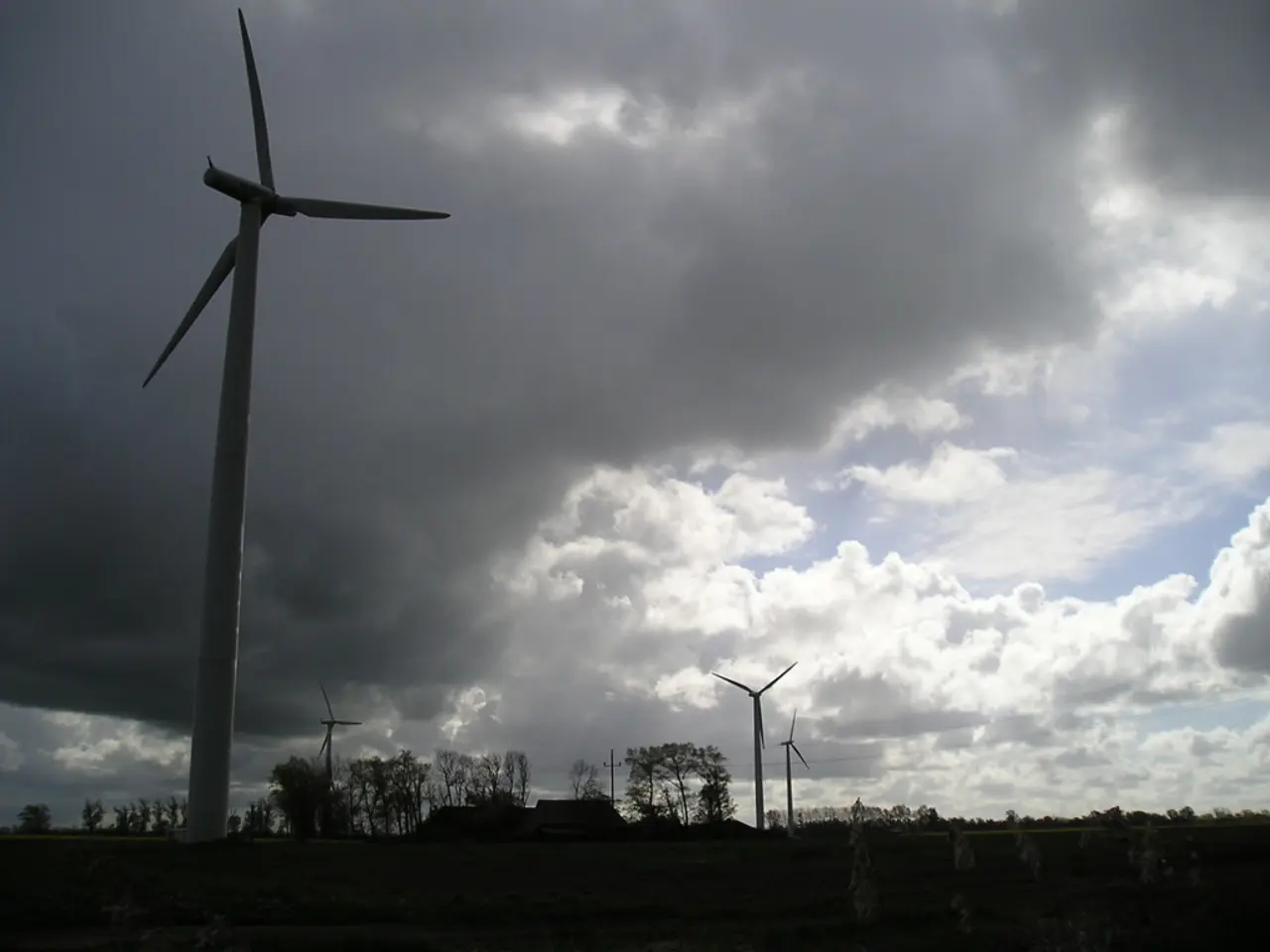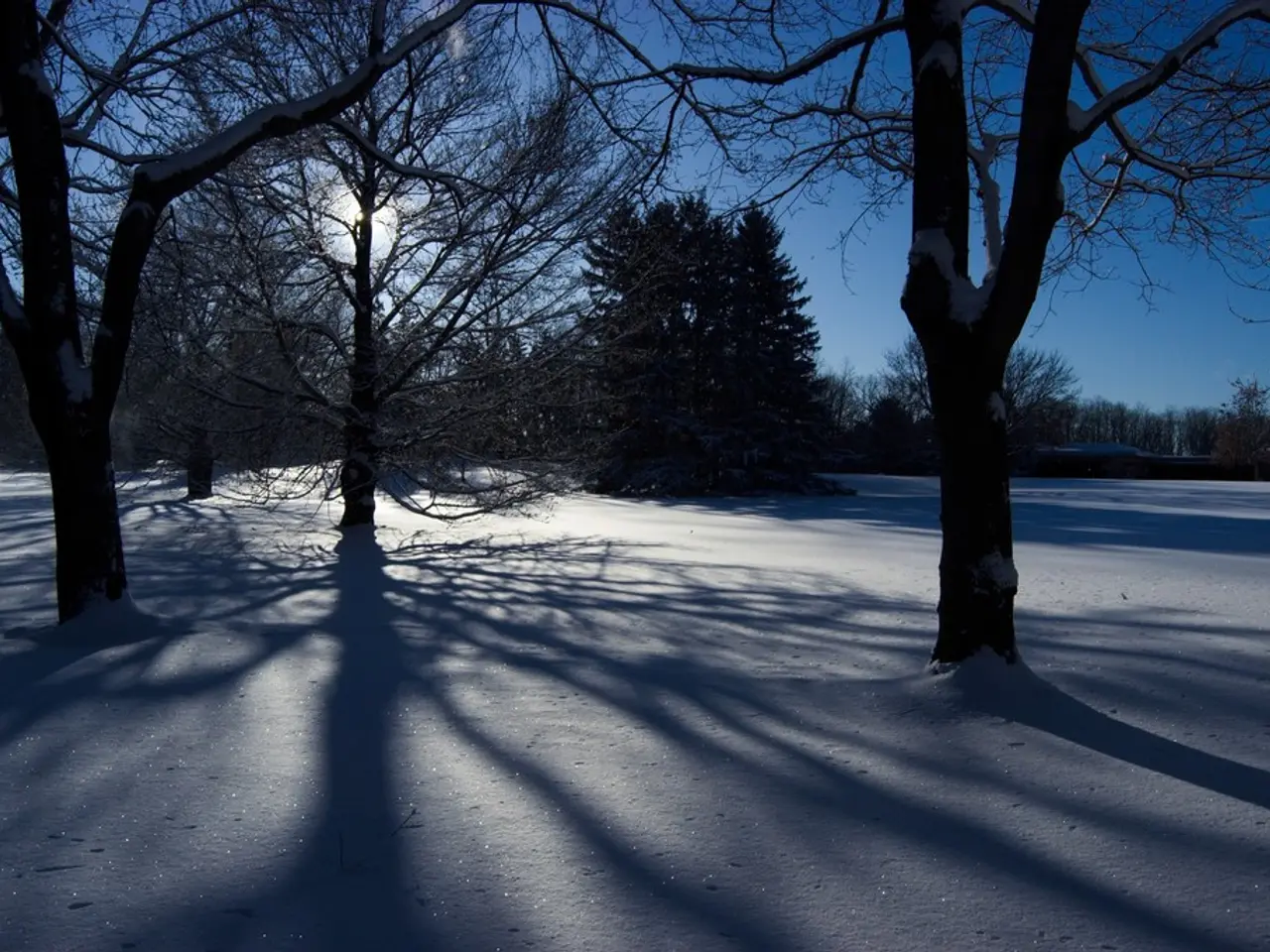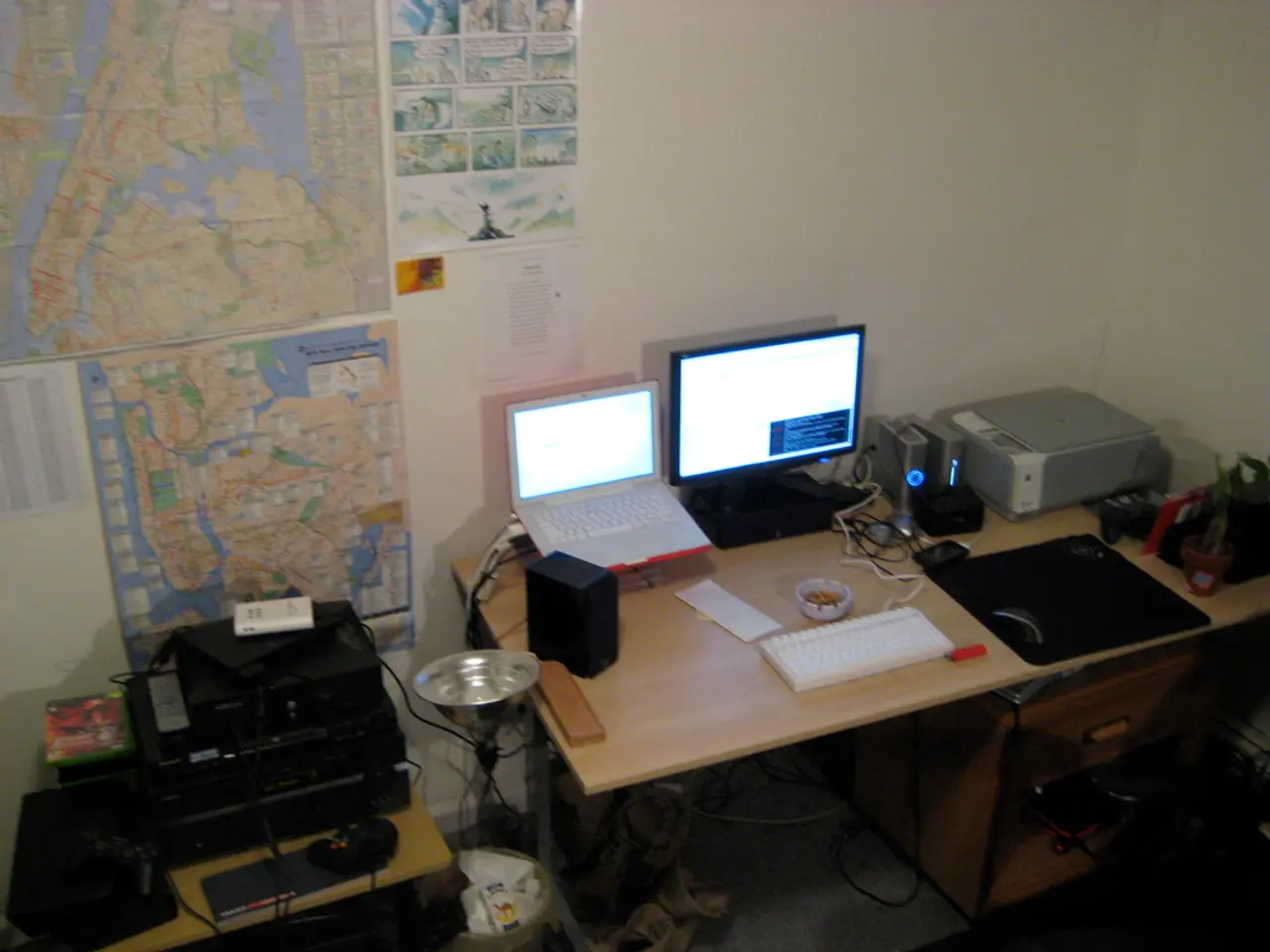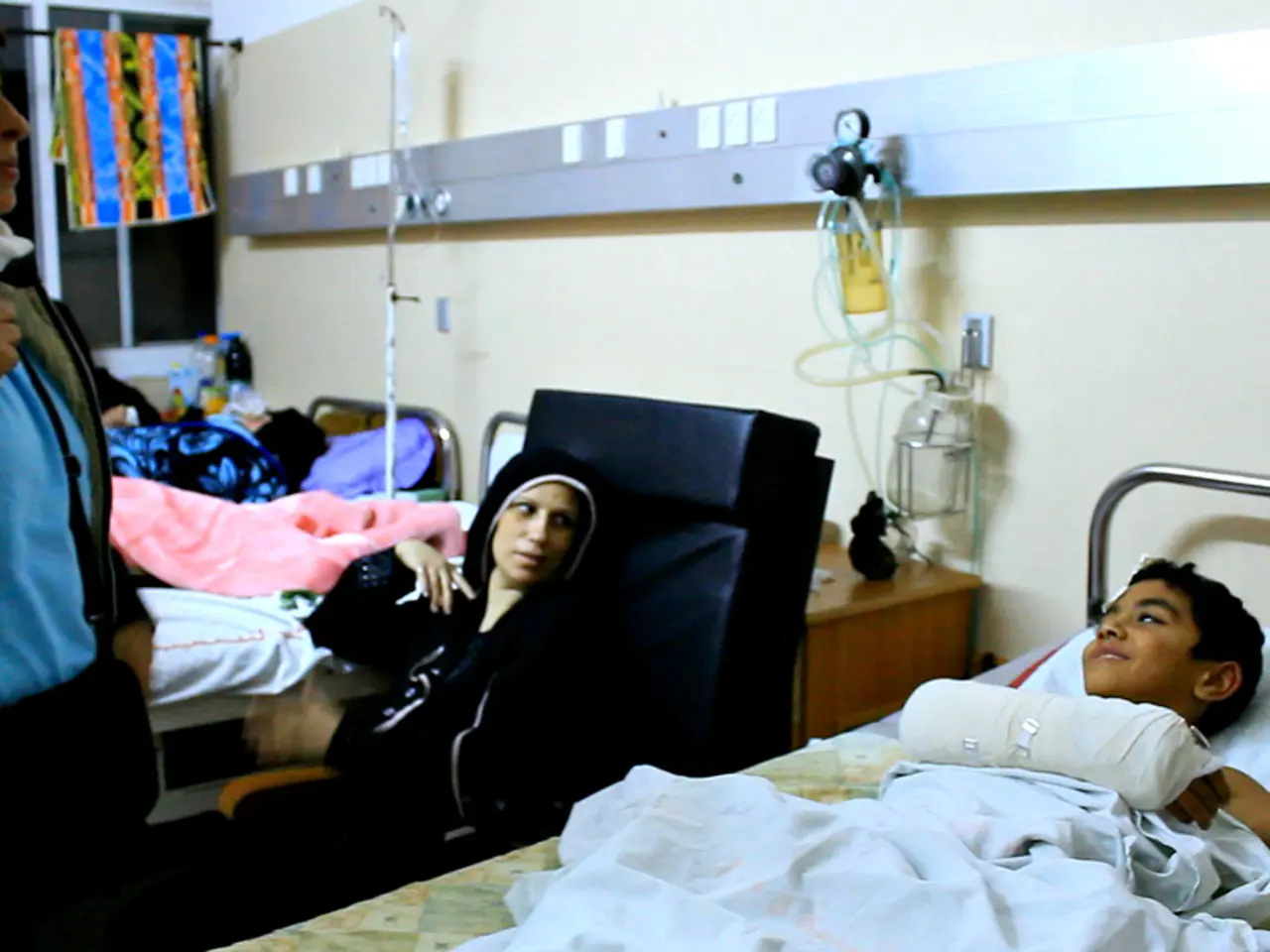Operations of a new wind turbine in Saarland have yet to commence - Wind turbine installation halted in Saarland without further action taken
In a significant leap forward for renewable energy in Germany, the first half of 2025 has seen a remarkable increase in wind turbine installations across the country. A total of 409 new wind turbines with a combined capacity of 2,002 megawatts were commissioned, marking a two-thirds increase compared to the same period last year and the best half-year result since 2017. However, the state of Saarland has bucked this trend, with no new wind turbines commissioned during the first half of 2025.
Saarland, apart from the city-states of Berlin, Hamburg, and Bremen, is the only federal state without any increase in wind turbine installations during this period. This has resulted in the number of wind turbines in operation in Saarland remaining at 215, with a combined capacity of 547 megawatts, as of the end of June 2025. This figure is even lower than the number of wind turbines decommissioned during the same period, with three wind turbines with a capacity of 4.5 megawatts being taken offline.
The lack of new wind turbine commissions in Saarland can be attributed to several factors. One key reason is the state's limited potential for agrivoltaics, which extends to other forms of renewable energy like wind power, due to its geographical and regulatory constraints. Regional planning and land-use regulations also play a crucial role in the development of wind farms, with states like Lower Saxony overcoming long planning periods and specific regulatory requirements to construct new wind farms.
If Saarland faces more stringent restrictions or fewer suitable locations, this could hinder the commissioning of new wind turbines. The broader energy landscape in Germany, with its emphasis on renewable energy expansion, means that states with more favorable conditions are likely to see more development. This could result in Saarland being less of a priority for new wind installations compared to regions with greater potential.
Despite this, it's worth noting that Saarland shares the same installed capacity per square kilometer as its larger neighboring state of Rhineland-Palatinate (213 kilowatts per square kilometer). This suggests that, while the state may not be leading in new installations, it is not lagging behind in terms of utilising its available space for wind energy production.
As the push for renewable energy continues, it will be interesting to see how Saarland navigates its current challenges and whether it can catch up with the nationwide surge in wind energy expansion.
The community policy of Saarland, given its geographical and regulatory constraints, may need to reconsider and amend regulations related to renewable energy, such as wind power, to foster the development of new wind turbine installations.
Meanwhile, the state of Saarland should also explore the intersection of renewable energy, science, and technology, specifically environmental-science and finance, to identify innovative solutions that could capitalize on Saarland's existing installed capacity per square kilometer and increase its share in the nationwide renewable energy expansion.




